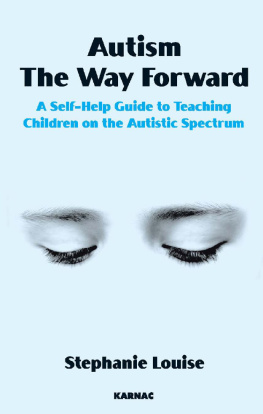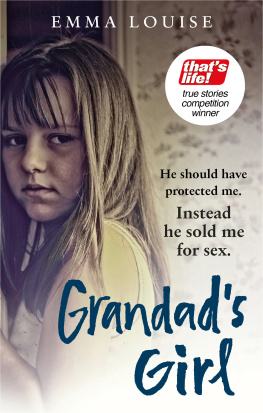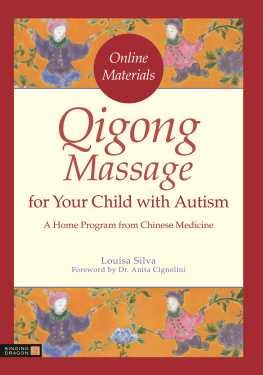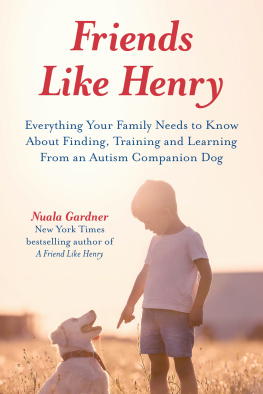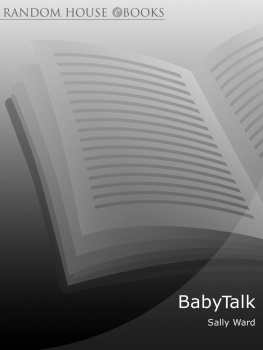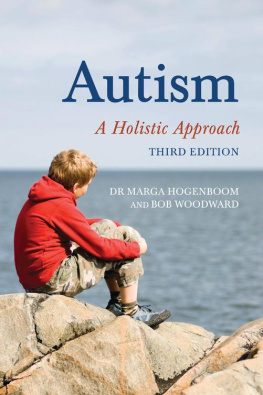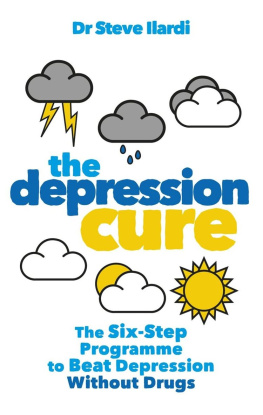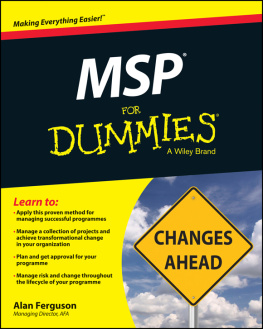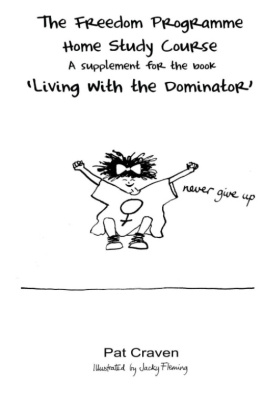This book was written in response to all those families who, due to lack of funding, were unable to access these means of intervention.
The book is written as though it were a therapy session, with would-be problems dealt with as they arise. As someone who saw, time after time,the impasse whenever the emotional realm was approached through the means of behavioural intervention, I decided to acquire the necessary training in order to help me to understand this aspect of the work better, and to enable me to implement this as much as possible into the therapeutic process.
After reading extensively into this subject I began to apply a different mindset to my work and thus began a marvellous journey into the world of autism. My accustomed way of looking at the child's behaviour no longer served me, I started to see and think differently, and so the children began to open up to me on a different level. As for the results,these were self-evident. As I discarded my cold, unresponsive training in behaviourism and began doing what worked, rather than what I was told, I found the children more responsive, I began to see them from a new perspective, and at times they appeared to step out of their autism,and connect with me on a deeper level.
The journey this book takes its readers on is a journey into the heart of a treatment process, albeit an imaginary one, where the daily problems that one may encounter on such a programme are worked through using behavioural modification and psychotherapeutic methodology. The book explains what may be going wrong on your programme, what to do to test your assumptions; and what to do when all else has failed. It works from the premise that children with autism are not immune from emotional upsets, and goes on to demonstrate how other forms of interventions can be combined and be shown to have positive results. The case histories within are altered slightly so as not to distort the facts but rather to protect the children from being identified.
Throughout my training in both fields of enquiry I was told repeatedly that these two schools of thought were incompatible. What I found was that those who were saying this were either trained in one area or the other, never both. So I set about combining these two schools of thought, with much success, as can be demonstrated in the accompanying case histories.
INTRODUCTION
The method of treatment within this book is aimed at the nonprofessional and, as so, is simplistic in its approach.
What I'm about to explain is presented as a guide as you begin this treatment process. It is hoped that by reading this material you will have a clearer understanding of the theories that underpin the therapy,and by so doing, be able to adapt this information according to the child's needs.
The behavioural school of thought is that children on the autistic spectrum have poor training, that they have been taught inappropriately, and that this inappropriate behaviour has been accidentally conditioned into them i.e., two things have become associated in the child's mind. And so they set about conditioning new patterns of behaviour into the child's repertoire.
Within the context of my work, what I observed was teams of mostly overworked therapists, due to the lack of trained people in this country,who would come in week after week and run these children through the same routines until the child was blue in the face. The results being that either the child would close down altogether, or their frustration would show through in tantrums. Then in would come the consultant and conclude Oh, he's still not getting it, keep at it until he does. Arrggh!!!
Often the child's abilities were under-pitched, resulting in boredom,and there was seldom an action plan put in place for the team to work to should the child reach their targets beforehand. Treating the symptoms that arose due to this lack of insight and contingency became the main focus.
Brown's tip-of-the-tongue syndrome, in which the child is tempted to finish the word or sentence by giving them the first letter or words,is frequently used. Hence, when you see a sentence with the first letter followed by you'll be able to gauge what is expected of you from the surrounding words.
The psychotherapeutic approach, where the client unfolds at their own pace, is not one that is advocated here, for the child on the spectrum is apt to get stuck and so needs to be nudged into action, enabling them to move forward.
The psychoanalytic model holds with the belief that strong drives within the child are being denied within the social sphere.
The psychoanalytic method of silence and reflection, i.e. the echoing back to the child, is applied whenever possible, with the Kleinian method of quick interpretation being used to address the issues as swiftly as they arise.
The writings of R.D. Laing inspired much of the work, employing Laing's idea of reaching through to an unresponsive client by means of entering into their world, rather than attempting to pull them into ours.
Art and play therapy are the mediums used to help express the child's unconscious conflicts. Interpretation is secondary to expression here, as I believe that no matter how many theories come along and attempt to persuade us that they have the necessary insights into why someone is behaving as they do, all these can really do is to make speculations. No one knows what's really going on within the realms of another, all we can hope is that our assumptions are leading the child in whatever direction is right for them.
The methods explained within this book can, as shown, be used with verbal and non-verbal children.
The therapy within the book is not exhaustive of the various teachings that the child can be exposed to, what is hoped for is that the reader will be better equipped to deal with the various problems that may arise during the teaching. The material contained within gives you a set of tools that can be applied to any other material that you may wish to teach to your child.
What is not promised here is a cure but rather a more adaptive and socially content outcome for the child.
Finally, the author wishes to stress that autism has been shown to be caused by an interplay of many factors, whether your child is at the extreme end of the spectrum or at the milder end can only be discerned through proper diagnosis. Whatever this outcome may be, what can be said of the contents of this book is that your child will have access to this hugely expansive means of intervention, and by so doing they will have a better chance of integrating into their world.

